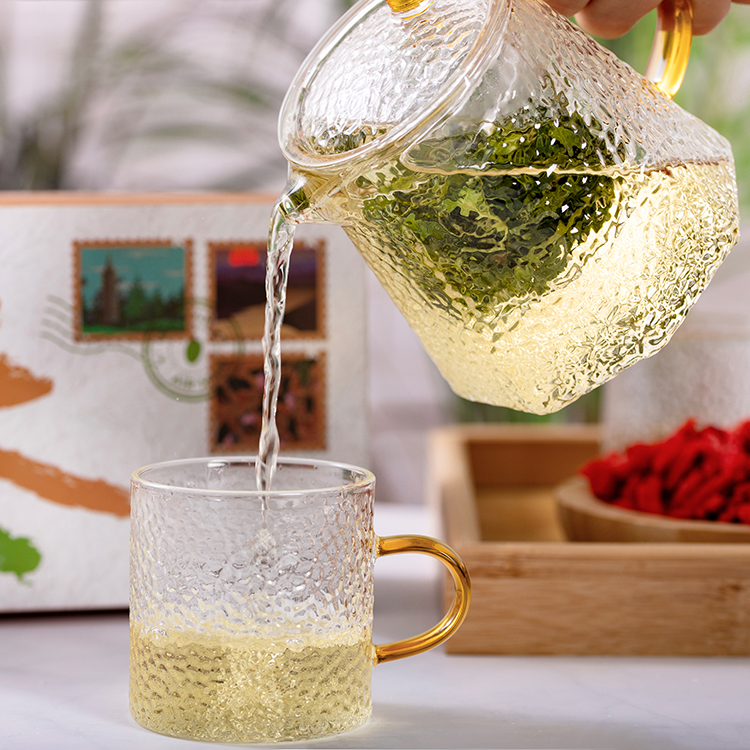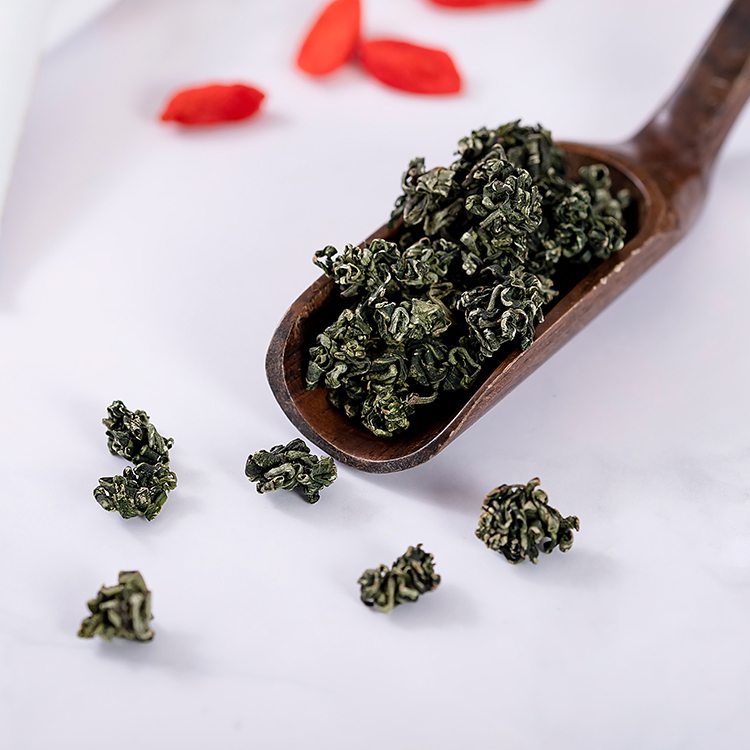With the development of the vegetable industry in the facility, the tomato planting area continues to expand, and in order to produce high profitability, Miao Miao is strong. When raising the seedlings, please pay attention to the following points: First, seed disinfection The method of soaking the seeds with warm soup is to disinfect the seeds. That is, the seeds are placed in warm water at 55° C., soaked for 15 minutes while stirring, and then soaked in warm water at 30° C. for 4 to 5 hours, then removed and germinated in a 30° C. environment. For the heavy virus diseased greenhouses, soaking can be done with 10% trisodium phosphate solution for 20 minutes, and then clean and rinse with clean water. Second, bed soil disinfection After the bed is soaked with water, the seedbed is sprayed with 72.2% Precizer 500 to 600 times, spraying 2 to 4 kg per square meter. Or use carbendazim to disinfect, use 50% carbendazim WP for every 1000 kg of bed soil, 25-30 g of carbendazim solution, then mix carbendazim as aqueous solution, then spray on bed soil, mix well and use plastic film. Ganoderma lucidum, usually after 2 to 3 days to kill a variety of pathogenic bacteria in the soil. Third, supplement fertilizer Fertilizer application in the preparation of nutritious soil, the entire seedling period can no longer fertilize, if you find the color of the seedling leaves become lighter, there is a lack of fertilizer symptoms, you can spray a little 500 times the potassium dihydrogen phosphate. Fourth, regulate temperature After the seedlings are raised, the temperature of the seedbed should not be too high. The proper temperature can make the seedlings grow robustly, and increase the cold resistance and disease resistance. In the two-leaf and one-heart period, if the temperature continues to be low, the flower bud differentiation will be hindered, resulting in serious early flowering and fruit drop, affecting early production. At noon on sunny days, the temperature of the seedbed is very high, and it is not necessary to ventilate it at this time to prevent the seedlings from wilting or dying due to excessive temperature changes and excessive water loss. V. Anti-seedling bed humidity is too large Seedlings (especially wintering) generally do not require watering. When watering must be done, choose sunny noon, and use warm water for watering. Do not water it in excess to prevent the seedbed from being overly wet, resulting in rot and stiff seedlings and diseases. After application, in order to prevent the humidity of the seedbed from being too large, weeds can be damped with wood ash or fine dry soil. Six, ensure the lighting time The overwintering stage of the seedlings, often encountered continuous yin weather, when the outside temperature is low, many vegetable farmers dare not exposing grasshoppers, causing the seedlings do not see light for many days, due to malnutrition affect the development of seedlings. To increase light, keep the cover clean and try to expose the cover as soon as possible. On cloudy days, we must also uncover the grasshoppers in order to extend the lighting time. Seven, pay attention to the prevention of pests and diseases Seedlings are susceptible to blight and damping-off. At the early stage of disease, the diseased seedlings are firstly removed and then sprayed and protected in time to prevent the spread. Eight, colonization after the first hardening 5 to 7 days before planting, seedlings should have a hardening process to enhance seedling resistance and to adapt to the environment after planting. Do not avoid direct planting seedlings in order to prevent environmental discomfort after planting, resulting in slow seedling slowing after planting, serious phenomenon of dead seedlings.
What are the health functions of wolfberry bud tea?
1) Antioxidant activity
Animal experiments show that wolfberry bud tea can improve the learning and memory ability of mice, enhance endurance and significantly increase the body's antioxidant capacity.
2) Antihypertensive and hypolipidemic activity
Clinical studies have shown that patients with hyperlipidemia after drinking wolfberry bud tea (three times a day, each time taking 2g bud tea and brewing with 600mL water) for 4 months, the serum total cholesterol level, triglyceride level, MDA level and low density lipoprotein level decreased , Indicating that wolfberry bud tea has the effect of regulating blood lipids and enhancing the body's antioxidant capacity.
3) Protective effect of skin light damage
The total flavonoids in wolfberry leaves regulate the activities of catalase, glutathione peroxidase, and SOD in the skin tissues of the body to effectively remove excess free radicals generated in the skin tissues, thereby enhancing the skin tissues` UV radiation Resistance.
4) Liver protection
Animal experiments show that wolfberry leaves have a certain preventive and protective effect on alcoholic fatty liver.
What are the nutritional value of wolfberry bud tea?
The content of biologically active ingredients in the buds and leaves of wolfberry is more consistent with that of wolfberry fruits, and the content of certain biologically active substances (polyphenols) is even higher than that of wolfberry fruits, which has high health benefits and nutritional value.
1) Polyphenols, flavonoids, carbohydrates, etc.
The content of polyphenols in wolfberry bud tea is 6.32%, flavonoids 1.88%, total sugars 4.59%, and protein 1.53%. The amino acid content is 1.89%, which is relatively abundant. The content of fructose in wolfberry bud tea tea soup was 31.44 mg/g, and the content of sucrose was 10.99 mg/g. No glucose was detected. Polyphenols are one of the most important active substances in wolfberry bud tea. The main polyphenols in wolfberry bud tea are chlorogenic acid, neochlorogenic acid and rutin. The inhibitory effects of wolfberry bud tea and various extracts are stronger than that of the positive control commercially available acarbose.
2) Protein
Wolfberry leaves contain almost the same amount of protein as meat, which is a good source of protein, and wolfberry leaves do not contain cholesterol in meat foods that can easily cause cardiovascular and cerebrovascular diseases, so it has good edible and medicinal value. Lycium barbarum leaves contain 19 kinds of amino acids, the total amount can reach nearly 9.05%, including all essential amino acids. The free amino acids in wolfberry leaves are easily digested and absorbed by the human body.
3) Minerals
Lycium barbarum leaves are rich in trace elements that are closely related to human health. Mineral elements such as zinc, iron, copper, magnesium, calcium, potassium and other elements are rich in content, which provides a certain anti-aging and prevention and treatment of coronary heart disease for wolfberry leaves. Calcium is one of the most important trace elements in the human body. Calcium is closely related to human osteoporosis, diabetes, hypertension and other diseases. Research results show that the calcium content in wolfberry leaves is as high as 59mg/g, which is 52 times that of wolfberry and about 10 times that of green tea. At the same time, the elements of Fe, P, Na, Mg in wolfberry leaves are also higher than that in wolfberry leaves.
4) Vitamins
Vitamins are important biologically active substances in wolfberry leaves, and the contents of ascorbic acid, niacin, thiamine, and riboflavin are higher than those of wolfberry fruits and vegetables such as tomatoes, cucumbers, and Chinese cabbage. The content of niacin in wolfberry leaves is outstanding. Niacin is the most demanded B vitamin in the human body. The content of niacin in wolfberry leaves is 0.1592mg/g, which is more than 20 times that of ordinary vegetables. Thiamin is usually involved in the catabolism of carbohydrates in the form of coenzymes in the body, and plays the role of promoting intestinal peristalsis, increasing appetite, and protecting nerves in the body. According to research, the content of thiamine in wolfberry leaves is extremely rich. The content is as high as 0.00242mg/g, which is about 10 times that of cabbage. Vitamin C plays an irreplaceable role in the metabolism of the human body. It has important functions such as anti-cancer, enhancing human resistance, protecting the liver, and detoxifying. Studies have determined that the content of vitamin C in wolfberry leaves reaches 0.3 mg/g, which is about that of wolfberry. 1.7 times, much higher than cucumbers, cabbage, tomatoes and other vegetables. Fatty substances are also an important part of the chemical composition of wolfberry. Studies have shown that the crude fat content in fresh wolfberry fruits can reach 12%, of which the content of unsaturated fatty acids reaches 61.8%.
goji berry bud tea,wolfberry bud tea,goji bud tea Ningxia Red Power Goji Co., Ltd. , https://www.redpowergoji.com
